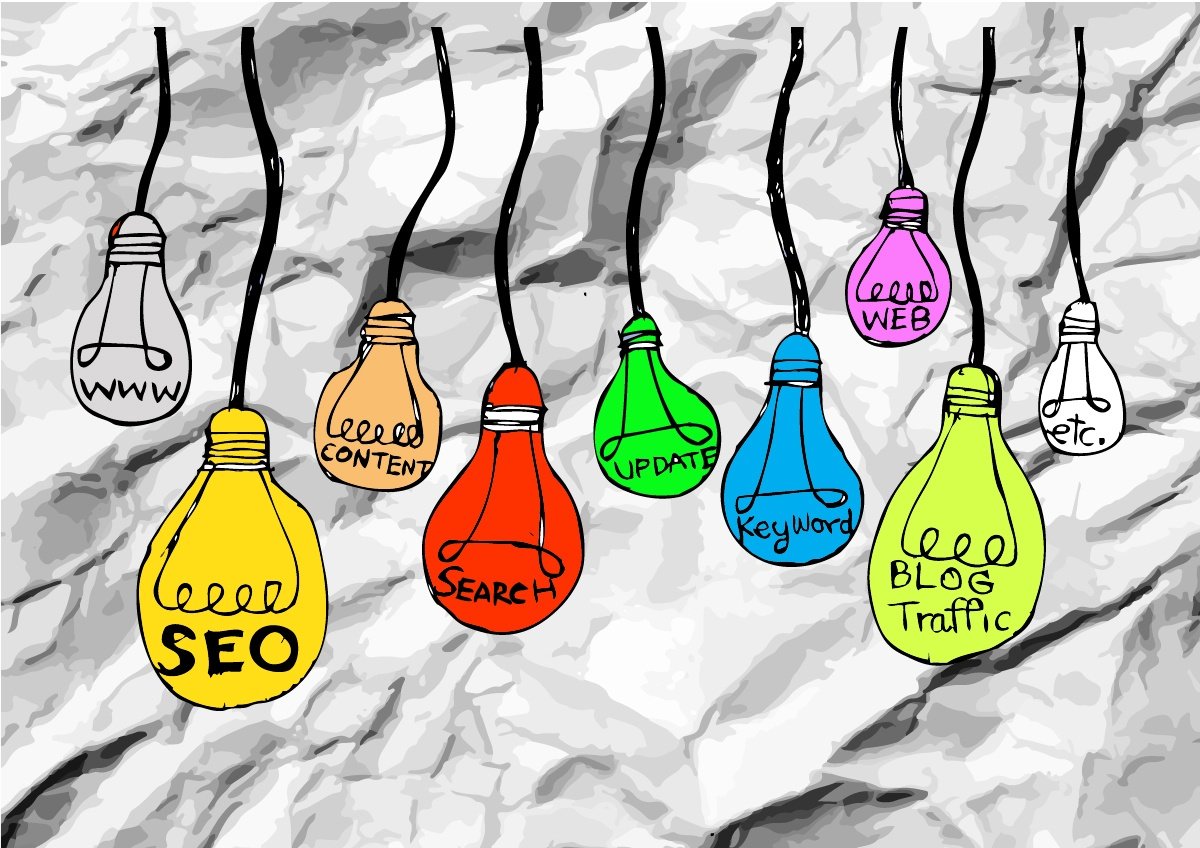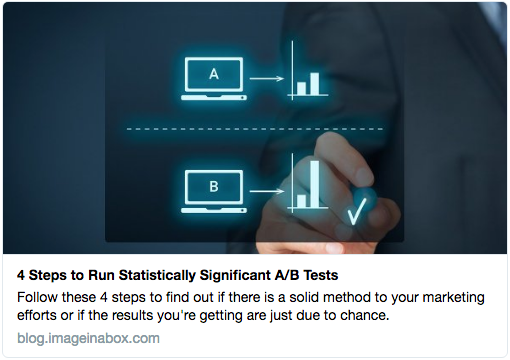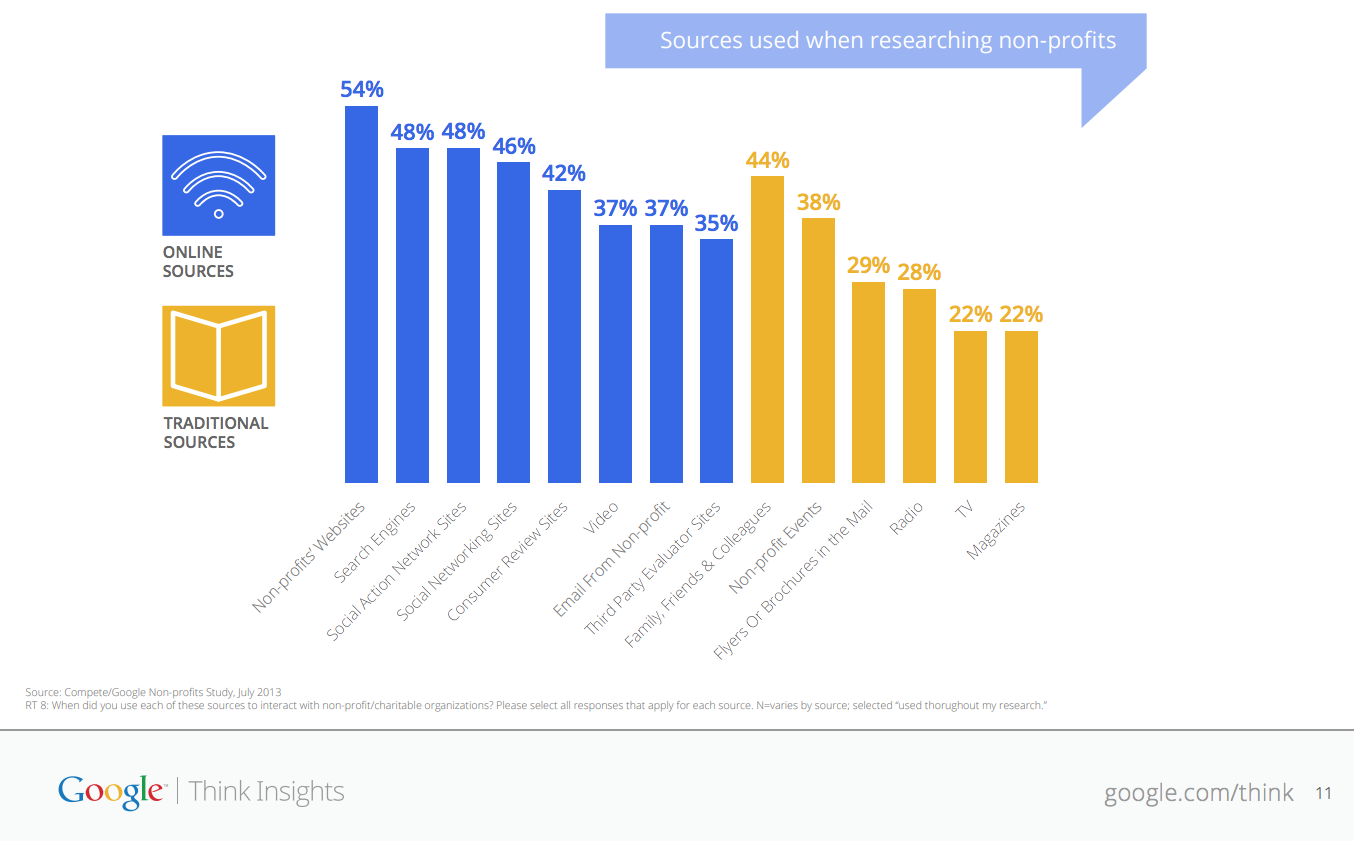13 Expert Tips on Increasing Your Nonprofit's SEO

Contents
Since 75% of donors use online resources to look for information, you need to ensure your organization shows up in search engines. Two ways to appear in search results are through online ads and search engine optimization (SEO). We’ve covered how to apply for free online advertising dollars from Google, so now we’re going to focus on how to get your nonprofit to appear in search engines.
When you think of SEO, you may immediately think about keywords and content, which are major components of it, but your strategy should always begin with your donor persona. Read more to find out the benefits of having a donor-centric SEO strategy and tips on increasing your website’s SEO.
Why Your SEO Strategy Should Be Donor-Centric
Having a high click-through rate on search engines is great, but what’s the point of it if your conversion rate is low? If all of these new website visitors have a zero percent chance of converting into donors, then is your SEO strategy really helping you meet your organization’s growth goals?
One reason your conversion rate is low is that your keywords aren’t correct for your donor persona. That’s why having your donor as the foundation of your SEO strategy is essential. It ensures that you are attracting the right kind of visitors to your site through relevant keywords and content so that you can hit your goal. Once your content matches the format that your persona prefers, they will stay on your pages longer and engage with more of your content. You will see a decrease in your bounce rate and an increase in the amount of time that visitors spend on your site.
According to a study by Google conducted in 2013, the top two sources donors use to research an organization is the nonprofits’ websites and search engines.
Since online resources play a huge part in donor’s research, you have to make sure your nonprofit doesn’t get left behind in search results. Once you find the right way to reach your donor persona, you will boost your chances of hitting your marketing goal.
SEO Tips and Best Practices for Your Website
Now that you know how to incorporate your donor persona into your strategy, here’s a list of SEO tips and best practices to improve your nonprofit’s search engine rankings.
1. Create keyword-oriented and intent-oriented content
Remember when we covered how to conduct donor-centric keyword research? Here’s where that will come in handy. Ensure that you create content that will help solve your donor’s query by incorporating in your keywords in a way that seems natural. The more helpful your content is to your donor’s intent, the higher on the search results page you’ll appear.
2. Freshen up old, outdated content
One of the quickest ways to boost your SEO is to go through all of your old blog posts and edit them for accuracy and relevancy. You will get a fresh content credit with Google, and it will give you new content to promote to your audience. Best of all, it didn’t take hours to create!
3. Blog more
After you refresh your old content, it’s time to create new posts! Content is still king and will remain so for the indefinite future. By regularly blogging and promoting your posts on social media, you are creating a constant buzz about your content. This buzz can lead to more organic link building which will boost your SEO.
4. Participate in link building
By strategically link building, you will increase your SEO and attract the right visitors to the site to increase their engagement again. What is link building? “Link building is the process of acquiring hyperlinks from other websites to your own,” according to this article by Moz.
Search engines use link building to determine how high a page should appear in the search results ranking. The more times you are linked to in another website’s content, then the more reliable your content is going to seem to Google.
To start, you can try linking to relevant content in your industry (like we did at the beginning of this section). You can also try reaching out to build relationships with other websites, to see if they want to mention your content on their site. This is a powerful way to boost your SEO and create brand awareness.
5. Add both internal and external links in your content
In your content, link to your relevant blog posts or landing pages. Also include relevant, authoritative external links in your posts. You may be thinking, why would I do that? Well, aside from link building, the main benefit is that you have a better chance of improving your search engine ranking. This is because you are linking to a reputable source, leading the search engines to believe that you are just as reputable.
6. Promote your content on all relevant social channels
You'll improve your website's SEO by posting links to your content on social media. In your donor persona profile, you should have the social channels your persona uses frequently.
Pro tip: Use social tools, like Buzzsumo, to determine the most engaging keywords to promote your topic with on social media. These tools can help you build relationships with leaders in your industry by linking you to their social accounts!
7. Redirect broken links or content that you move
Not only do broken links provide a bad user experience and tarnish your online reputation, but it can hurt your SEO. It’s best to redirect links so that the browser knows the location of the page has changed. Keep in mind, that once a URL is properly redirected, it will take time for it to have the same ranking as the previous page. We recommend this WordPress plugin that will notify you of any broken links.
8. Make your website mobile friendly and secure
Google’s algorithm has been putting more and more emphasis over the years on sites that are designed for mobile phones, quick to load, and secure visitors’ information. See how mobile friendly your website is with Google’s Mobile Friendly Tool. Get a quality hosting provider with CDN (Content Delivery Network) services to ensure that your site is loading quickly no matter where your visitors are located. Purchase an SSL certificate from your hosting provider. Most are inexpensive, so the security piece is a quick, easy fix.
9. Get a sitemap and submit it to Google
Google’s definition of a sitemap is “a file where you can list the web pages of your site to tell Google and other search engines about the organization of your site’s content.” A sitemap lets search engines know about all of the website pages on your site. It helps them find all of the information on your site since it may not all be in your navigation. Also, visitors may use it to find specific content. Websites that search engines can easily navigate through will lead to a higher page rank on the search results. So make sure you create a sitemap and submit it to Google to help them find all of your pages quickly and easily.
10. Properly tag content on your website
Headings allow search engines to get the gist of your content. Use only one H1 tag on each page, it should be the page title (not necessarily your organization name or program name). H2s and H3s should be used as subheadings respectively. Keep it similar to a formal outline, meaning that the headings must be in a correct hierarchical order.
11. Use descriptive file names and ALT text
ALT text (alternative text) is text that shows up if the image is unable to load on the webpage. It is also the text that is read by page readers for people with vision impairments. Great ALT text will give your site better value in Google’s eyes. I bet you’re wondering now what you should include in for ALT text. We recommend using a phrase that correctly describes the image. Also, try using keywords in the ALT text that would help a potential donor find the information they are looking for if they conduct a Google image search.
12. Make sure all of your pages have meta information
While your title and meta description may not be used for search engine ranking, they can definitely help increase your click-through rate. A meta description is a blurb that appears under the title of a post in a search engine result to summarize the contents of that page. Here are a couple of examples:


Both of these meta descriptions don’t go over the text limit (usually 150-160 characters) and describe what the content is about so that your end user knows whether they should click or not. This allows for higher-quality click-throughs which leads to visitors who are more likely to engage with your organization. There’s no need to stress over this, if you have an awesome opening line to your blog post, just use that! Be sure to hook your audience.
13. Get an SEO plugin for your website
An SEO plugin can be beneficial to your organization’s website because it will ensure you are always on top of it! We recommend Yoast SEO to use on your WordPress website. They will give you the green light (literally) when your content meets the expectations for good SEO practices.
Attracting the right people to your website is key because you want to meet your goals! By incorporating your donor persona into your SEO strategy and using all of the tips we just mentioned, you will increase your chances of hitting those goals.
Use our free template to create the right donor persona for your organization to ensure you are attracting the right people to your website. Click below to learn more and download today!
